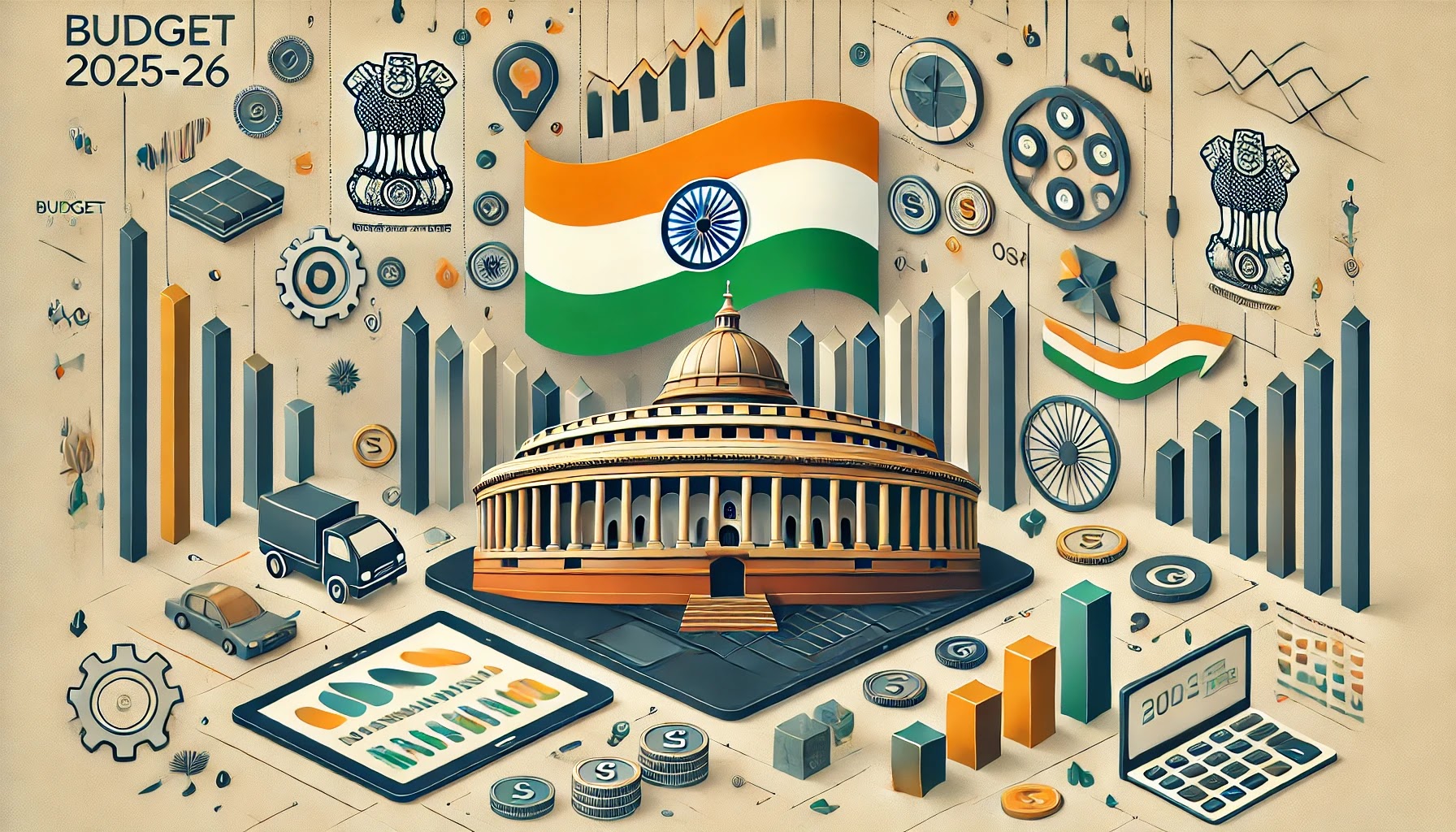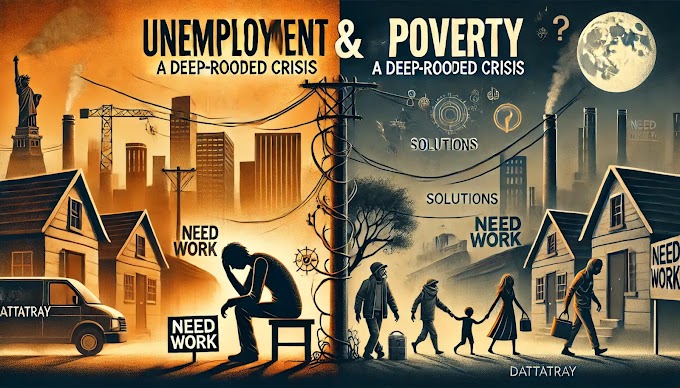Unveiling the Economics of Inflation: Types, Causes, and Remedies
Introduction:
Inflation, the steady rise in the general price level of goods and services, is a phenomenon that impacts economies worldwide. Understanding the intricacies of inflation, its types, underlying causes, and potential remedies, is essential for navigating the complexities of the economic landscape. In this blog, we embark on a journey to unravel the nuances of inflation, shedding light on its various facets and implications.
What is Inflation?
Imagine a scenario where the price of your favorite coffee steadily creeps up, from $2 to $2.50, and then to $3 within a few years. That, in essence, is inflation. It's the general increase in the prices of goods and services over time. This means your hard-earned money buys you less and less with each passing year.
Types of Inflation:
- Demand-Pull Inflation: Occurs when aggregate demand exceeds aggregate supply, leading to an increase in prices. Commonly associated with robust economic growth and excessive consumer spending.
- Cost-Push Inflation: Arises from a decrease in aggregate supply due to rising production costs, such as wages or raw material prices. Often triggered by external factors like oil price hikes or supply chain disruptions.
- Built-In Inflation: Also known as wage-price inflation, occurs when workers demand higher wages to offset rising living costs, leading to a continuous cycle of price-wage spirals.
- Hyperinflation: Extreme and rapid inflationary conditions, characterized by a monthly inflation rate exceeding 50% and a loss of confidence in the currency. Typically associated with severe economic crises and currency devaluation.
Causes of Inflation:
- Monetary Factors: Expansionary monetary policies, such as excessive money supply growth or deficit financing, can fuel inflation by increasing purchasing power without a corresponding increase in output.
- Supply Shocks: Disruptions in supply chains, natural disasters, or geopolitical tensions can lead to supply shortages, pushing up prices for essential goods and services.
- Cost-Push Factors: Rising production costs, including wages, energy prices, and import costs, can drive up prices across the economy, triggering cost-push inflation.
- Demand-Pull Factors: Strong consumer demand, fueled by factors like low interest rates, rising incomes, or fiscal stimulus, can outpace supply, leading to demand-pull inflation.
The Culprits Behind Inflation
Several factors can trigger inflation. Let's explore some of the most common ones:
- Increased Money Supply: When governments print more money or banks lend more freely, it can lead to an excess of cash in circulation, ultimately pushing prices up.
- Supply Chain Disruptions: Global events like pandemics or wars can disrupt the smooth flow of goods, creating shortages and driving prices higher.
- Rising Production Costs: As the cost of raw materials, labor, or transportation increases, businesses may have to raise their prices to maintain profitability.
- Government Policies: Taxes, import duties, and other government interventions can also contribute to inflation.
Consequences of Inflation:
- Reduction in Purchasing Power: Inflation erodes the value of money, reducing the purchasing power of consumers and savers.
- Uncertainty and Instability: High inflation rates create uncertainty in the economy, making long-term planning difficult for businesses and households.
- Income Redistribution: Inflation can redistribute income and wealth, favoring borrowers over lenders and exacerbating income inequality.
- International Competitiveness: Persistent inflation can erode a country's competitiveness in global markets, affecting exports and trade balances.
Remedies for Inflation:
- Monetary Policy: Central banks can use contractionary monetary policies, such as raising interest rates or reducing money supply growth, to curb inflationary pressures.
- Fiscal Policy: Governments can adopt fiscal measures like reducing budget deficits, cutting public spending, or increasing taxes to reduce aggregate demand and control inflation.
- Supply-Side Policies: Addressing supply-side constraints through structural reforms, investment in infrastructure, and improving productivity can help mitigate cost-push inflation.
- Wage and Price Controls: Temporary measures like wage and price controls may be employed to contain inflationary expectations, although their effectiveness is often debated.
Conclusion: Inflation, though a complex economic phenomenon, is not insurmountable. By understanding its types, causes, and consequences, policymakers and individuals can adopt appropriate strategies to manage and mitigate its impact on the economy. As we navigate the ever-changing economic landscape, a nuanced understanding of inflation remains essential for promoting stability, prosperity, and sustainable growth.
.png)







.png)
.png)


.png)

0 Comments